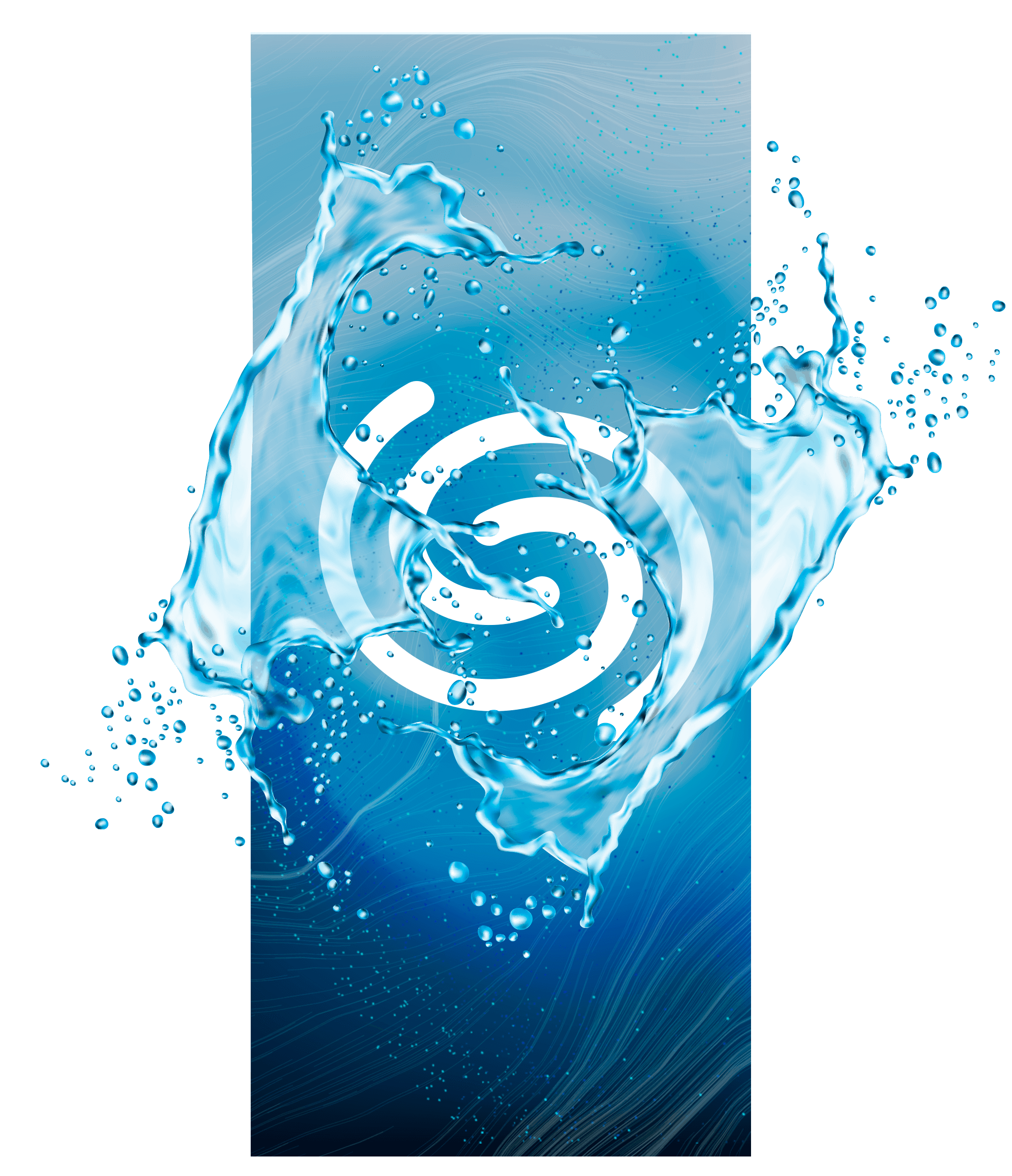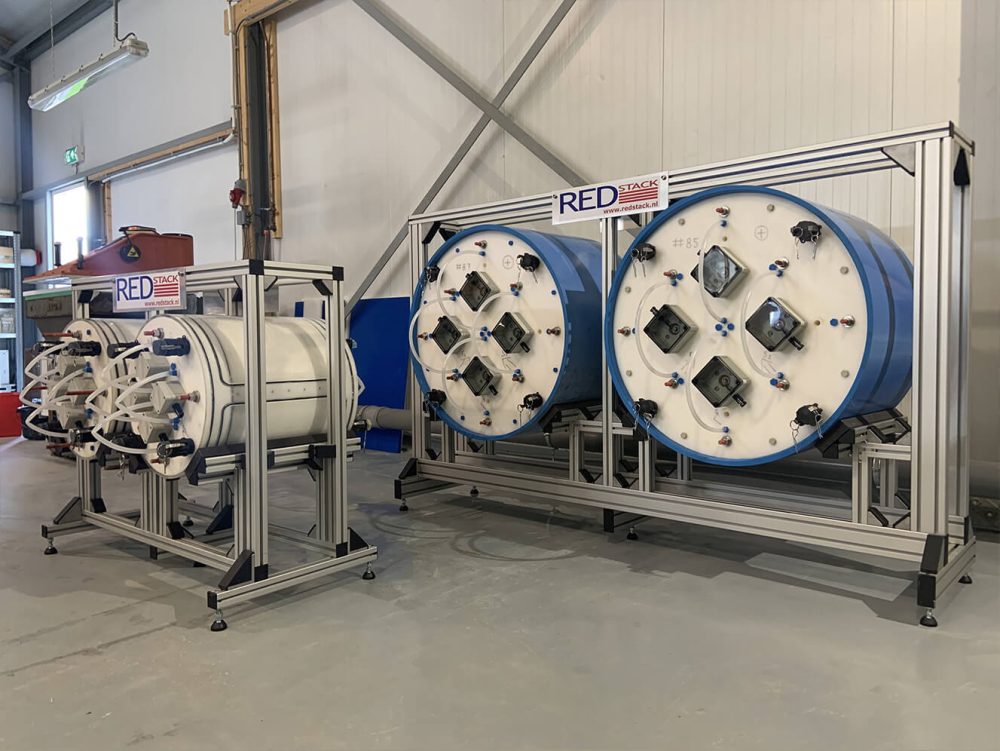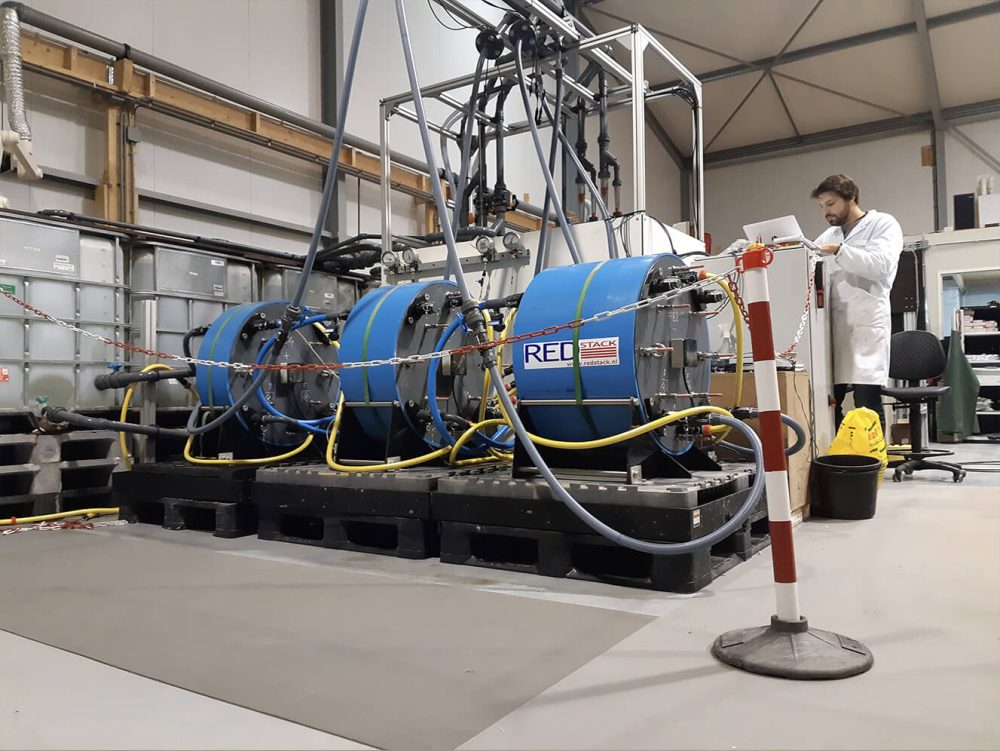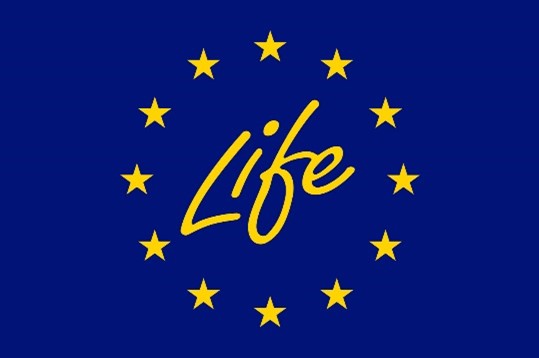Project
Background
The aim of LIFE HyReward project is to assess the technical and economic feasibility of a new more sustainable desalination process combining Reverse Osmosis (RO) and Reverse Electrodialysis (RED). The integration of the RED process with the conventional RO process allows to improve the energy efficiency of the desalination process, thanks to the recovery of the energy contained in the seawater reverse osmosis (SWRO) brine before its discharge into the sea through the generation of electrical energy, reducing the global energy consumption and, therefore, the greenhouse gas (GHG) emissions.
The new hybrid process will be eco-friendly, generating 100% clean energy without negative consequences to the environment, contributing to the EU effort for the reduction of GHG emissions and climate change mitigation. LIFE HyReward has been conceived as an effective solution to shape a sustainable future for desalination and ultimately seeks to encourage stakeholders to use it.


Objectives
The main objectives of the LIFE HyReward project are:
To demonstrate the technical feasibility of the combination of RO and RED technologies, maximizing the electrical energy recovery contained in the RO brine.
To study the feasibility of improving the global water recovery of the desalination process through the recirculation of the diluted brine to the RO process, reducing the seawater intake and pretreatment needs, and minimizing the intake environmental impact.
Production of electrical energy through the RED process, reducing the final brine discharge concentration and producing electrical energy for the facility's own consumption.
To design, construct, optimize and evaluate an innovative pilot plant for treating SWRO brine and the treated effluent of a WWTP.
To improve the carbon footprint of desalination.
To conduct an economic study to identify potential barriers for full-scale and implementation of the new sustainable process.
To analyze the transfer of the project results to other sectors and countries.
To quantify and disseminate the environmental benefits of the new sustainable desalination technology, increasing the social consciousness in environment protection and promoting the implementation of environmental policies and strategies for minimizing the environmental and climate impact of desalination systems.
Activities
A
Preparatory actions
- Basic engineering of the RED pilot systems
- Detailed engineering and construction of the RED pilot installations
- Pilot site specific preparations
C
Implementation actions
- Development of a RO-RED Hybrid Process to reduce energy consumption in desalation processes
- Analysis of replicability or transferability of the project
D
Monitoring of the impact of the project actions
- Monitoring the environmental impacts of the Life HyreWard process
- Monitoring the socioeconomic impact of the project
- Compilation of information for indicator tables
E
Communication and dissemination of results
- Dissemination of the project results
F
Project management
- Project management
- Project communication plan after Life
Activities
A
Preparatory actions
- Basic engineering of the RED pilot systems
- Detailed engineering and construction of the RED pilot installations
- Pilot site specific preparations
C
Implementation actions
- Development of a RO-RED Hybrid Process to reduce energy consumption in desalation processes
- Analysis of replicability or transferability of the project
D
Monitoring of the impact of the project actions
- Monitoring the environmental impacts of the Life HyreWard process
- Monitoring the socioeconomic impact of the project
- Compilation of information for indicator tables
E
Communication and dissemination of results
- Dissemination of the project results
F
Project management
- Project management
- Project communication plan after Life
Demonstration plants
Two demonstration plants will be constructed to optimize and validate the RED process:

Pilot plant 1
Pilot 1, the largest pilot, will be constructed to optimize and validate the RED technlology for energy generation. This pilot will be located at the Alicante desalination plant, operated by Sacyr Agua, with the support and collaboration of the Mancomunidad de los Canales del Taibilla (an autonomous organization attached to the Ministry for the Ecological Transition and the Demographic Challenge), where the RED technology will be validated and optimized for energy generation.

Pilot plant 2
Pilot 2 will be constructed to study the effects related to the use of real wastewater in the RED process, such as membrane fouling and the possible passage of organic micro-pollutants through the ion exchange membranes to the SWRO reject before reuse.
Results
The expected results of the Life HyReward project are:
- To recover up to 20% of the energy consumed in the desalination process, generating clean and renewable energy.
- To reduce external energy consumption and the carbon footprint of the desalination process.
- To improve the global water recovery of the desalination process through the recirculation of the diluted brine to the RO process, reducing the seawater intake and pretreatment needs, and minimizing the intake environmental impact.
- To reduce the environmental impact of the brine discharge by decreasing its salinity and concentration.
- To increase the volume of treated wastewater reuse as an alternative source for the generation of renewable and sustainable electricity.
- To improve the quality of treated wastewater, reducing the microbial and pathogens content.
Budget and schedule
The LIFE HyReward project has a budget of €2,230,788.
The project started on November 2021 and is expected to conclude on April 2025.


